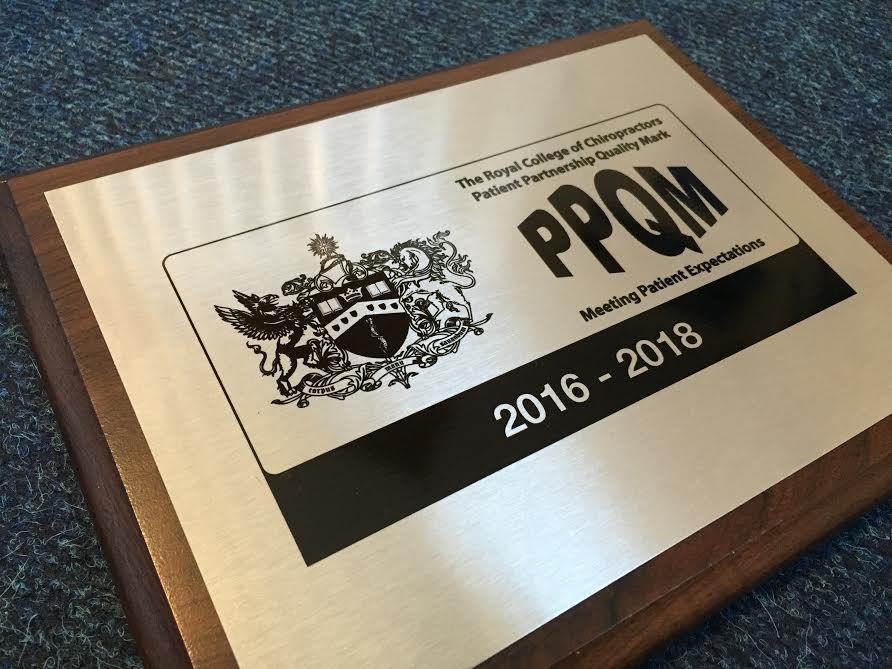
Within this post I’ll explain why seeking treatment for your back pain earlier will potentially save you a lot of money.
Take a quick look at these well researched statistics:
- 80% of the population will experience back pain at some time
- 40% of the population are affected by back pain currently (16 million)
- 2.5 million people have back pain every day of the year
- 119 million working days are lost
- 1.2 million people are affected by musculo-skeletal pain and 500.000 by work related stress
The Hard Working Citizen
The sooner a person with back pain sees a well trained therapist such as a Chiropractor, the sooner they will get better, simple. Recently I and my colleagues have noticed how patients are presenting with incredibly chronic (>3weeks) back pain. People seem to be putting up with pain without seeking help for longer than ever before, we think this may be due to the recent recession (or double dip recession as it is for us Brits). People are really feeling the pinch, but if you think you are saving money by not getting your back pain treated now, you are very mistaken. In fact, it’s not cost effective at all! Its actually uneconomical! I’ll explain why.
Scary but (potentially) true
I’m going to use a common lower back problem as an example, a lower back disc bulge, a disc bulge usually occurs because the underlying supportive back structures are working incorrectly. The forces within the lower back are therefore repeatedly falling upon structures that cannot cope with the increase in load (the discs, among other things). This leads to failure, if the bulge is not correctly managed and the forces continue to be incurred in a region that has already failed then its ability to heal is diminished. It may take months or years to get better with a very high chance that it will recur in the future due to the mechanism of micro tearing in the outer layers which heals incredibly slowly, if at all (Read more here on disc bulges). Disc bulges can progress and in a lot of cases may even lead to surgery, the likelihood of this increases if you do not seek effective advice and treatment. The earlier you seek treatment, the quicker your disc bulge will resolve itself and with the correct prevention strategy provided you will have a lower back that will be less susceptible to having disc bulges in the future.
“And financially this affects me how?”
The financial implications of this are simple, by letting your back pain progress and possibly worsen it may end with you requiring surgery and months off work with no guarantee it won’t recur. Due to the reasons above you may even require multiple surgeries in the future. Therefore, costing you even more in lost wages with time off work and possibly even your job! This is all theoretical of course and I’m not trying to scare you well, maybe a little lol… as more than likely if it is your first episode of back pain it may be nothing serious






 Rear view:
Rear view:


